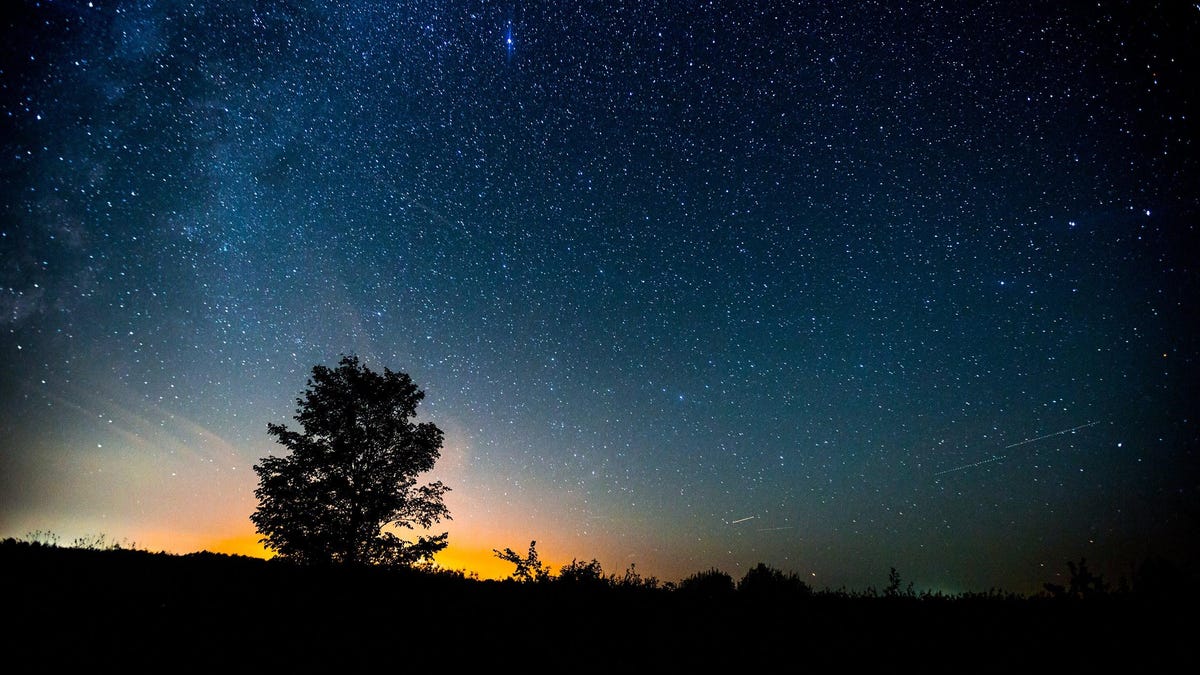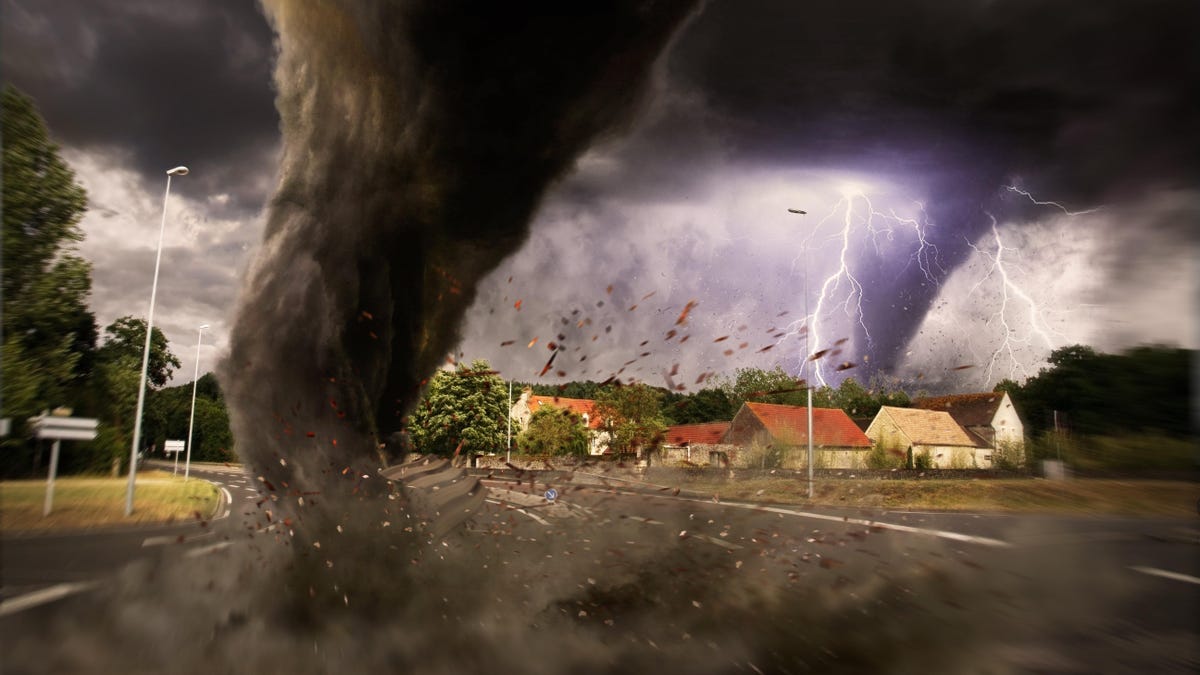11 of the Best Gifts for Amateur Astronomers
If someone on your holiday shopping list has an interest in astronomy, but you don’t know the Pleiades from pilates, read on. Herre is a ground-zero, get-started guide with 11 gifts that are perfect for budding star-gazers and planet...


Photo: Dudarev Mikhail (Shutterstock)
If someone on your holiday shopping list has an interest in astronomy, but you don’t know the Pleiades from pilates, read on. Herre is a ground-zero, get-started guide with 11 gifts that are perfect for budding star-gazers and planet peepers containing everything from gear and books to chemical helpers for the space-head in your life.

Photo: JaySi (Shutterstock)
There are a ton of great books to get people started in astronomy as a hobby, but you can’t go wrong with Terrence Dickinson’s Backyard Astronomer’s Guide. This broad title explores every aspect of modern hobby astronomy in detailed but readable prose with a focus on practical information about consumer gear like telescope and photography equipment.

Photo: Marzolino (Shutterstock)
If you want to get in touch with astronomy in a visceral, old-school, hipster way, eschew astronomy apps and start with a planisphere (or “planispheric astrolabe,” if you want to be fancy). These devices, widely used since the Middle Ages, allow you to calculate the position of the sun and prominent stars in relation to both the horizon and the meridian using only a couple of discs. It’s like magic, but it’s science.
There are any number of these star maps available, from extra large versions to ones you can carry in your pocket, but Ken Graum’s Guide to the Stars is a nice, mid-sized map that is really all you’d ever need for a lifetime of hobby astronomy.
Star Walk 2 app
I have a confession to make: I don’t actually use a planisphere to identify astronomical objects. I can, but it’s much easier to just use an app. Specifically, Star Walk 2. This easy-to-use mobile app for both iOS and Android allows you to simply point your phone at the sky to identify celestial objects. The basic version is free-with-ads, and the add-ons can be yours for only $5.99.
There are other excellent entry-level star gazing apps too, like SkEye, and SkyView, but if you want to move on to more “professional” level app, SkySafari 7 has a huge database, the ability to connect to your telescope, and a ton of other features for a relatively modest price of $26.99.
Binoculars

Photo: Makarov Konstantin (Shutterstock)
There’s a saying in astronomy that “Binoculars are the best first telescope,” and it’s true. A decent pair of binoculars transforms “looking at some twinkling lights in the sky” into something substantial. Like most hobbyist equipment, binocular prices are all over the map: If you have extra money to burn, you can buy these Zeiss Carl binoculars for $10,000, or you can buy a perfectly serviceable beginner set of goggles like the Celestron UpClose G2 for $25. There’s just too much variety and nuance to make a specific recommendation, so I’ll defer to Sky and Telescope’s binocular guide.
Tripod

Photo: rdonar (Shutterstock)
If the stargazer in your life already has a set of binoculars they like, but they don’t have a tripod for them, this is a no-brainer of a holiday gift. Being able to steady your gaze while looking at Uranus is a night-and-day difference, and if you use newer, heavier binoculars or prefer high magnification rates, a tripod is mandatory. You can use just about any camera tripod with your binoculars, and there are a ton out there, from simple monopods to more professional photography gear. You may need a mount/adapter, depending on the kind of binoculars you have, but there are a ton of those too. For basic star-gazing (and photography) something like this basic tripod (for $40 at Walmart) will do nicely for most beginners.
(Money for a) Telescope

Photo: AstroStar (Shutterstock)
I’m not going to advise you to purchase a telescope as a holiday gift. It’s not a good gift for someone in the “getting started” level of astronomy, and if the astronomer in your life is ready to make the leap to a telescope, they’ll know what they want. These things are expensive, and whatever model you pick out is probably not going to have the features they want. Instead, offer some cash, some help researching telescopes, or ask them exactly what kind they want.
Cannabis

Photo: andrey_l (Shutterstock)
If you live in one of the 22 states in the U.S. where recreational marijuana is legal, and you’re buying a gift for an astro-nut who is over 21, I suggest some weed to go along with the binoculars. It makes the universe that much more interesting, and there are no law against gazing-while-under-the-influence. You could even get them a “moon rock” to keep with the theme.

I don’t usually like the idea of novelty neckties related to a hobby, but this Apollo cockpit tie is rad. Its black and white design lifts the most visually interesting dials and switches from declassified NASA documents detailing the “Command Module Main Control Panel” of the Apollo moon lander. You probably couldn’t actually land on the moon with this tie, but it’s pretty cool in that “so hardcore geeky it comes around to cool again” way that goes perfectly with having astronomy as a hobby.
10 / 13
Sega Toys Homestar Flux Planetarium
Sega Toys Homestar Flux Planetarium

There are plenty of products that will project a star map on your ceiling, but the Sega Toys Homestar Flux is extra. It projects a 9-foot area with an accurate representation of the stars that either rotate or not, depending on your choice. It features more than 30 optional discs that give you different views of celestial bodies, and even has a shooting star.
A67 Fisher Space Pen
I don’t know enough about the world of expensive pens to know whether this one is worth $79, but I do know it would be really cool to have an A67 Fisher Space Pen, the same writing implement that has been used in every space mission since Apollo 7 in 1968. It doesn’t need gravity to work, and it’s durable enough that you can clean it in an autoclave.
A moon rock

Photo: Peter Togel (Shutterstock)
If you want to really impress your space-minded friend, give them an actual rock from the moon. During the course of the United States’s space program, we brought back a total of 842 pounds of rocks, but you can’t have any of them—moon rocks are considered national treasures and are property of the United States, illegal to sell or buy. But that doesn’t mean it’s totally impossible to give someone the moon. In 2019, Sotheby’s auctioned off 0.2 grams of soil from the surface of the moon from a Russian space mission for $855,000.
If the price tag of $4.29 million per gram seems excessive to you, you may have more luck tracking down one of moon rocks sent to nations and states by Nixon in the 1970s. New Jersey’s is missing, and I assume it is in someone’s attic; or you could dig through Ireland’s Dunsink Landfill to find the moon rock that was dumped there in late 1970s. It’s worth at least $4 million. But do not buy a moon rock from a private seller. Scamming people by selling them fake moon rocks is enough of a problem that NASA has used undercover agents to track them down.

 FrankLin
FrankLin 
































